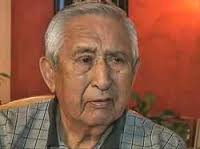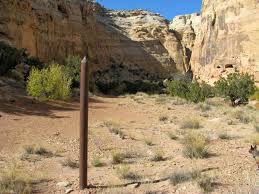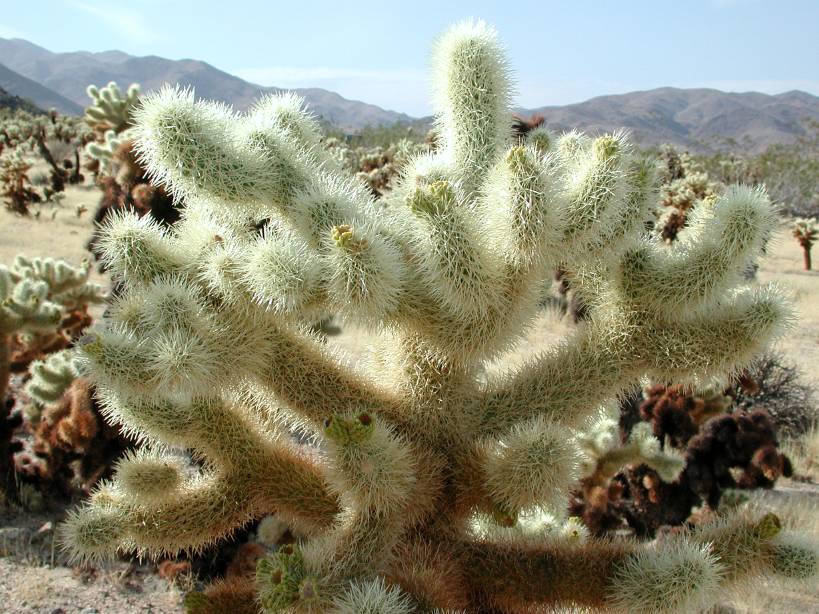by Bob Sparrow

It’s no secret that I’ve spent a good deal of the first quarter of every year since 1992 in the southern California desert, Palm Desert to be exact. In fact, as you’re reading this, I’m in the desert this week. And, of course, I’m always looking for something new and different to write about. We all know that stars like Frank Sinatra, Elvis, Bob Hope, Dinah Shore, Marilyn Monroe and many others spent lots of time in the desert, but I had no idea that the greatest scientist of all time, Albert Einstein was also a ‘desert rat’.
In 1933 Einstein and his second wife, Elsa came to Palm Springs as he was fleeing from Nazi Germany and Adolph Hitler. They stayed briefly at the ‘Willows’, which hosted many Hollywood and Wall Street stars; it was the elegant home of attorney and “Hitler’s Bitterest Foe”, Samual Untermeyer. At the time, LA Magazine said, “Staying at the Willows is like getting the keys to a well–off friend’s country estate.” The Willows has entertained such guests as Clark Gable and Carole Lombard, Joseph P. Kennedy, Marion Davies, Shirley Temple, and many more. After a short stay, the Einsteins were lured away from the Willows by Warren Pinney, the big boss at the neighboring El Mirador Hotel, which was just down the street and had entertained a few Hollywood types of its own, like Paulette Goddard, soon to be the third wife of Charlie Chaplin, and a young B-movie actress who would go on to captivate the television world decades later in a program called “I Love Lucy” – Lucille Ball. The hotel also played a role as a hospital during World War II.

And while we’re mixing Hollywood stars and Einstein, you may not be familiar with a quote from Marilyn Monroe about him. She said, “We could have a baby together. He would come out beautiful like me and smart like you,” to which Einstein replied, and I paraphrase, “What if he came out with my beauty and your intelligence?” Which sounds like a self-deprecating statement about his not-so-handsome looks, as well as a dig at Marilyn being a dumb blonde. However, the joke was on him, Monroe’s IQ was measured at 165, about 5 points higher than Einsteins’!!! The photo at the right is probably a phony, as there is no evidence that Einstein and Monroe ever met, despite rumors of an affair, although he might have been smart enough to hide such a thing.
Tony Burke, ‘Realtor to the Stars’ and publicist for the El Mirador Hotel and Palm Springs in general, made sure the Einsteins had a wonderful time AND that most of the world heard about it. Who knew that when in the desert, Einstein loved sunbathing, so when sitting on his veranda at the Willows and the El Mirador, he would often take off his shirt (unheard of at that time) – in fact, sometimes he would even take off his pants! It seems clear he had a secret desire to be in ‘show’ business.

As a matter of fact, Einstein’s personal life fit right in with the Hollywood set in the desert, as he was, by all accounts, a ‘ladies’ man’ and he found his first wife, Mileva Marić, as a student of his and an accomplished physicist and mathematician in her own right, with whom he had a child before they were married. He married his second wife, Elsa, with whom he had about a seven-year affair, three months after his divorce from Mileva. Oh yeah, and Elsa was his first cousin!
Both hotels are still in business, you can get a room at the El Mirador Hotel for as little as $200 a night. ‘The Willows’ is now called ‘The Willows Historic Palm Springs Inn’, and only has 17 rooms, which run between $500-$700 a night. Today you can stay in the ‘Einstein Room’ at The Willows for about $650 a night – I’m guessing there’s a ‘smart’ TV in that room!
While in the desert this week, I will see if I can visit either or both of these historic hotels – although they may not let someone like me, not a star and definitely not a genius, on the property.

























